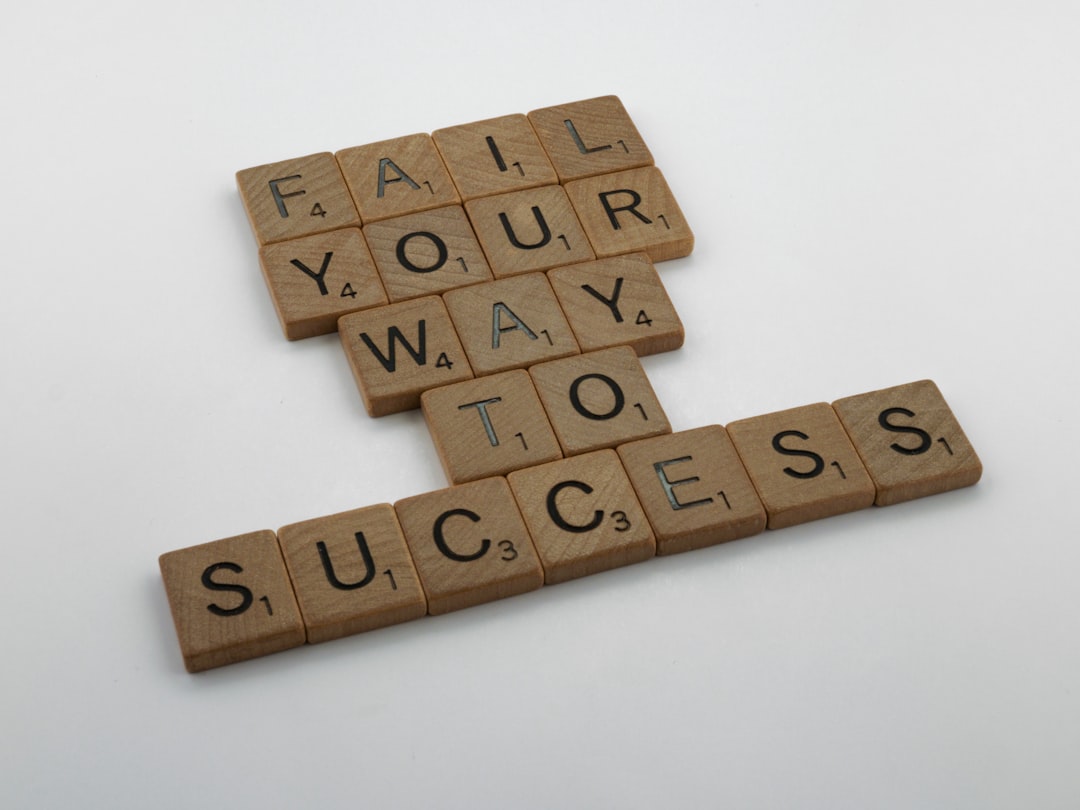In today’s rapidly changing business landscape, stagnation is a death sentence. Organizations that thrive are those that embrace a culture of continuous improvement – a commitment to constantly seeking better ways of doing things. This isn’t just about incremental tweaks; it’s a fundamental shift in mindset, impacting every level of the organization and driving sustainable growth.
Defining Continuous Improvement: More Than Just a Buzzword
Continuous improvement, often referred to as CI or Kaizen (a Japanese term meaning “change for the better”), is a philosophy that prioritizes ongoing incremental improvements across all aspects of an organization. It’s not a one-time project but an ingrained way of thinking and working. It involves systematically identifying areas for improvement, implementing changes, monitoring results, and refining processes based on data and feedback. This iterative cycle ensures constant progress and adaptation to evolving market demands and internal challenges.
Building the Foundation: Fostering a Culture of Openness and Feedback
Creating a culture of continuous improvement requires a strong foundation of trust, openness, and psychological safety. Employees need to feel comfortable identifying problems, suggesting solutions, and even admitting mistakes without fear of retribution. This necessitates a shift from a blame culture to a learning culture where failures are viewed as opportunities for growth. Implementing transparent communication channels, regular feedback sessions, and employee suggestion schemes are crucial steps in building this foundation. Leadership plays a vital role in modeling this behavior, actively soliciting feedback and demonstrating a commitment to continuous learning.
Implementing Practical Strategies: Tools and Techniques for CI
Numerous tools and techniques can support a culture of continuous improvement. Lean methodologies, such as Value Stream Mapping and 5S (Sort, Set in Order, Shine, Standardize, Sustain), help identify and eliminate waste in processes. Six Sigma methodologies, with their focus on data-driven decision-making and process optimization, are also highly effective. Kaizen events, short-term focused improvement projects involving cross-functional teams, provide opportunities for rapid problem-solving and implementation. Regular process audits and performance reviews should be integrated to track progress and identify areas needing further attention. The choice of specific tools and techniques should be tailored to the organization’s specific needs and context.
Measuring Success: Tracking Progress and Demonstrating ROI
Continuous improvement initiatives aren’t just about feeling good; they need to demonstrate tangible results. Establishing key performance indicators (KPIs) and metrics aligned with organizational goals is essential for measuring progress. These could include reductions in waste, improved efficiency, increased customer satisfaction, reduced error rates, or faster cycle times. Regularly tracking and analyzing these metrics helps demonstrate the ROI of continuous improvement efforts and provides valuable data for future improvements. Visual management tools, like dashboards and progress charts, can make this data easily accessible and promote transparency across the organization.
Sustaining the Momentum: Embedding CI into Daily Operations
Sustaining a culture of continuous improvement requires more than just implementing tools and techniques. It requires embedding CI into the daily operations and decision-making processes of the organization. This can involve integrating CI principles into employee training programs, incorporating continuous improvement objectives into performance reviews, and rewarding employees for their contributions to improvement initiatives. Regular reviews and adjustments to the CI strategy are also crucial to ensure it remains relevant and effective in the face of changing circumstances. Leadership must continue to champion the initiative, providing ongoing support and resources to ensure its long-term success. Regular communication and celebration of successes are essential to maintain employee engagement and motivation.
In conclusion, cultivating a culture of continuous improvement is a journey, not a destination. It requires a long-term commitment, consistent effort, and a willingness to adapt and learn. However, the rewards – increased efficiency, enhanced innovation, improved employee engagement, and sustainable growth – make it a worthwhile investment for any organization striving to thrive in today’s dynamic business environment.
Tags: continuous improvement, kaizen, lean methodology, process improvement, organizational culture




